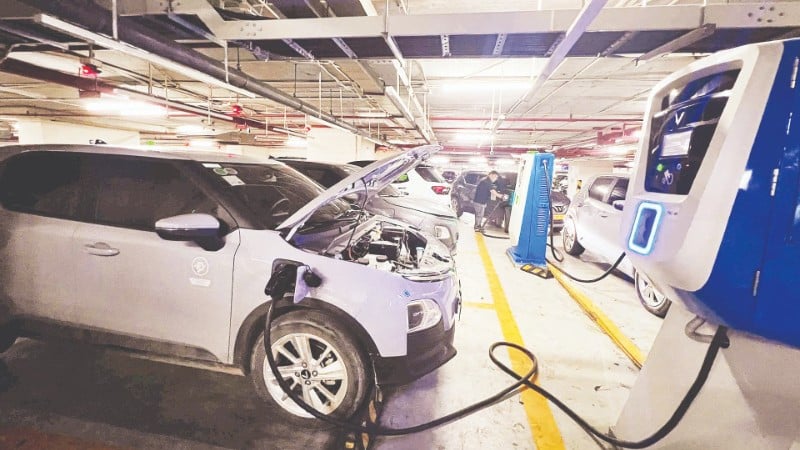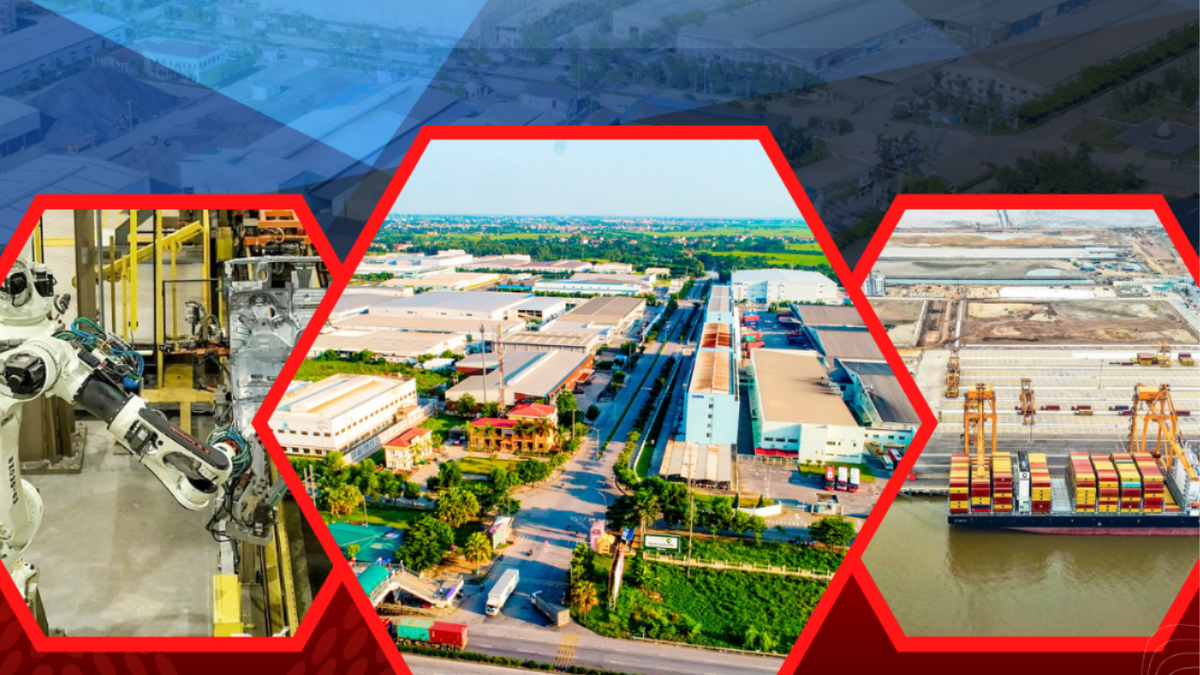
According to experts, switching to electric vehicles but still using electricity from coal and gas to charge batteries, the problem of "green" urban transportation has not been solved at its root. In that context, the idea of using solar power for electric vehicle charging stations is a feasible way to reduce greenhouse gas emissions. Around the world , many researchers and companies have proposed solutions to charge electric vehicles using renewable energy sources such as solar power.
In Vietnam, a simulation study by a group of scientists and technical staff from the Institute of Energy and Environmental Science and Technology, Vietnam Academy of Science and Technology and Power Construction Consulting Joint Stock Company 1 has just been conducted in Hanoi.
The research team simulated a solar-powered electric vehicle charging station system at an office complex in Hanoi, which has an annual electricity consumption of about 500,000 kWh. Specialized software was used by the team to design, calculate the system's performance and energy loss.
The solar power system is arranged on the roof of the building with a total capacity of 32.45kWp including 48 solar panels with a capacity of 675Wp, along with a 30kW inverter, a support frame system, connection equipment and eight electric vehicle charging posts installed in the parking lot below the building.
During the day when the weather conditions are favorable, the solar panels will absorb sunlight energy and convert it into direct current. The inverter converts direct current into alternating current. The operating model of the system is self-production and self-consumption, meaning that solar power prioritizes charging the vehicle, the remaining part is taken from the grid. When the charging station system is not in use, the solar power will be supplied to the company's general grid.
Although Hanoi is not an area with high solar radiation, the solar power system still generates an average of nearly 40,000 kWh/year, of which more than 4,300 kWh is used to charge electric vehicles, the rest is supplied to other loads in the building. Notably, the system meets about 17% of the total electric vehicle charging demand and about more than 6% of the total building electrical load, contributing to reducing pressure on the grid, especially during peak hours when vehicles arrive at the office and are charged.
According to calculations, the total investment cost for the system is about 798 million VND. The estimated payback period is after 5 years of use and can generate profits from the 6th to the 20th year. The accumulated profit after 20 years of operation is more than 3 billion VND. The cost of operating and maintaining solar power equipment is not too high.
Dr. Vu Minh Phap, representative of the research team, said that Hanoi is considered to have a fairly average solar power potential, with an average annual solar radiation of about 3.7kWh/m²/year and an average annual temperature of about 23 degrees Celsius. Although it is not a place with ideal solar radiation, the simulation study still gives positive results. The study has clarified the efficiency of providing solar power to charge electric vehicles in urban areas with low solar energy potential in Vietnam. That also means that if applied in cities or industrial zones where there is more sunlight, the efficiency will be even higher.
Source: https://nhandan.vn/tram-sac-dien-mat-troi-cho-vung-it-nang-post894726.html



































































































Comment (0)